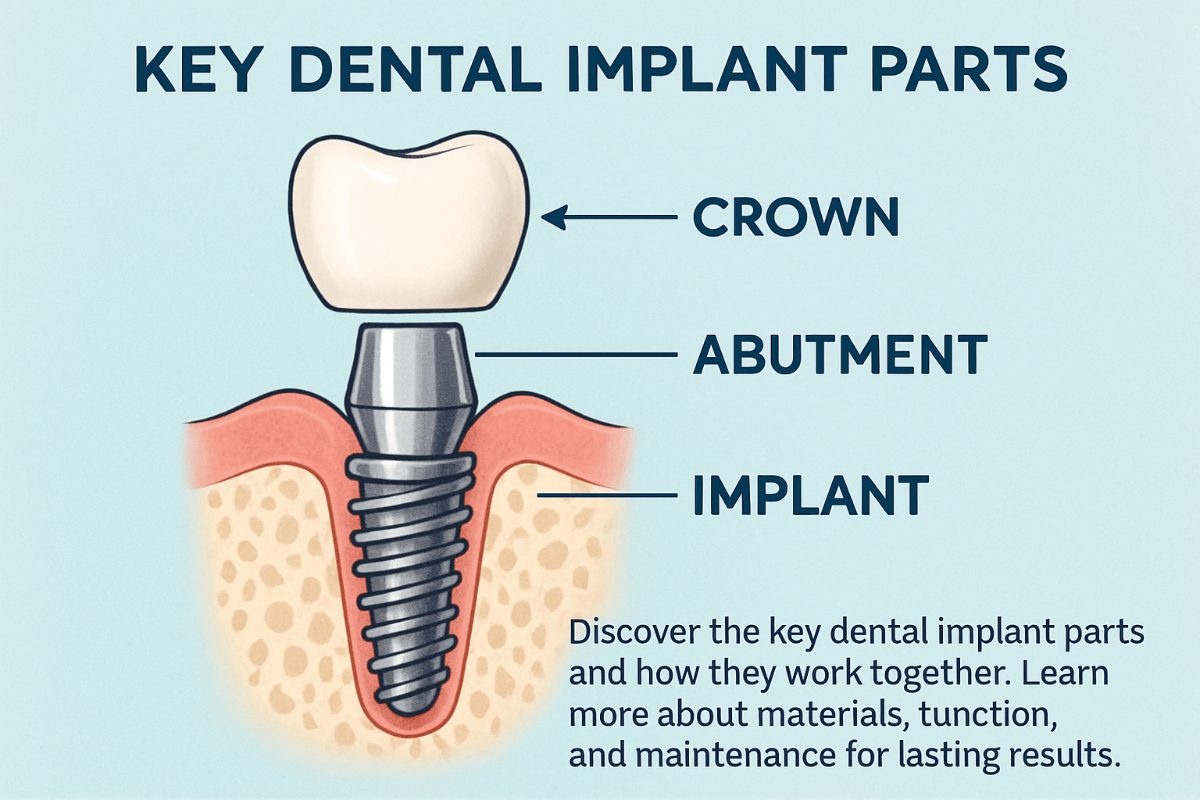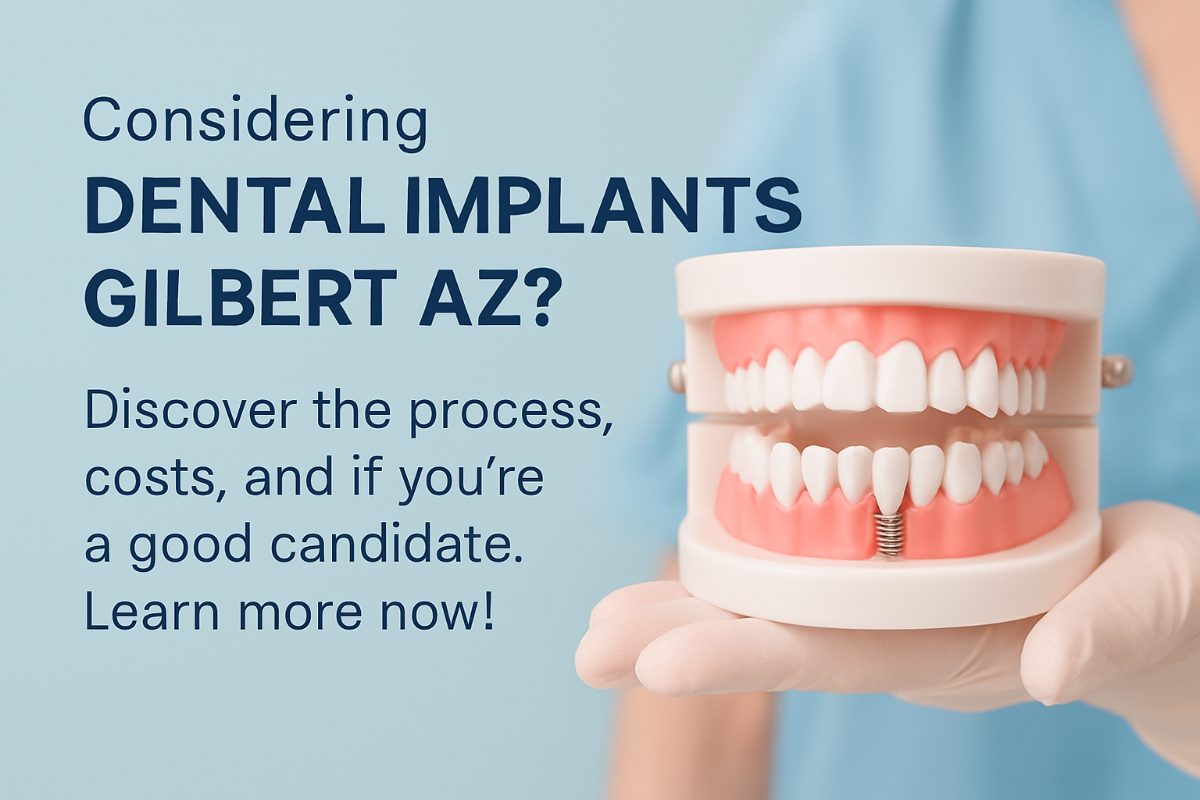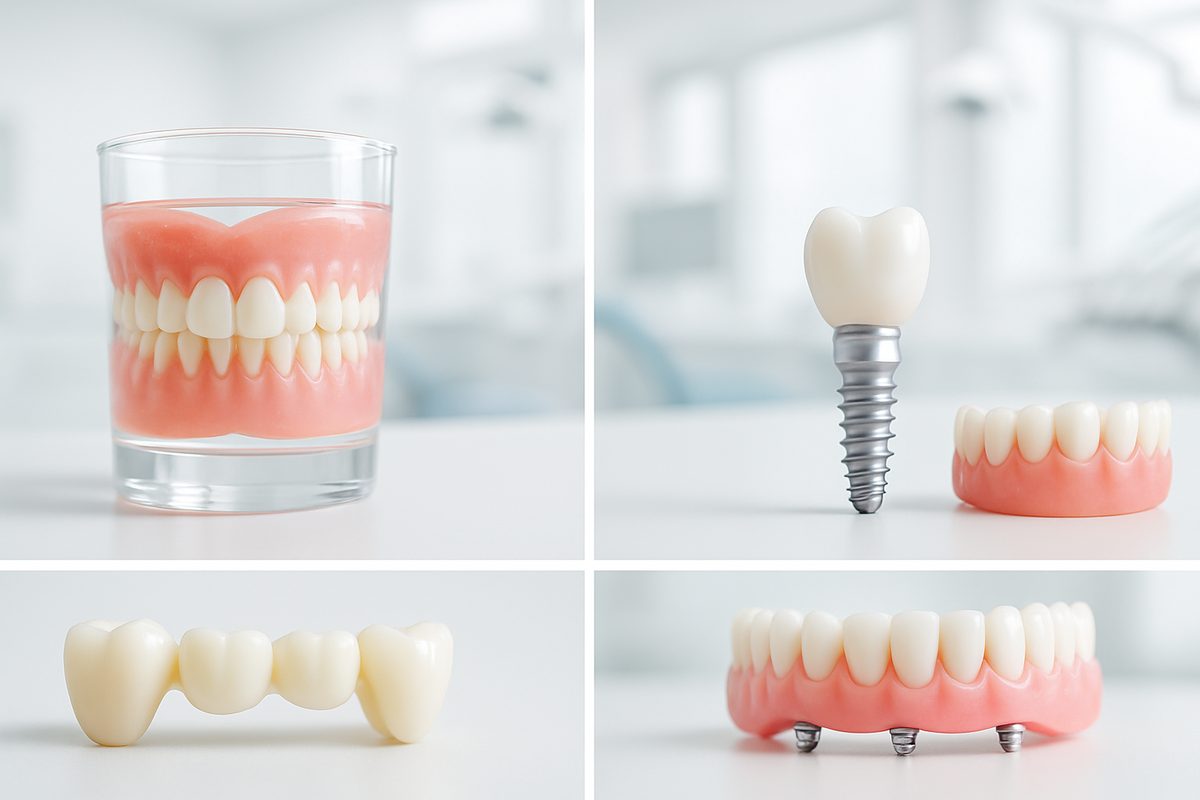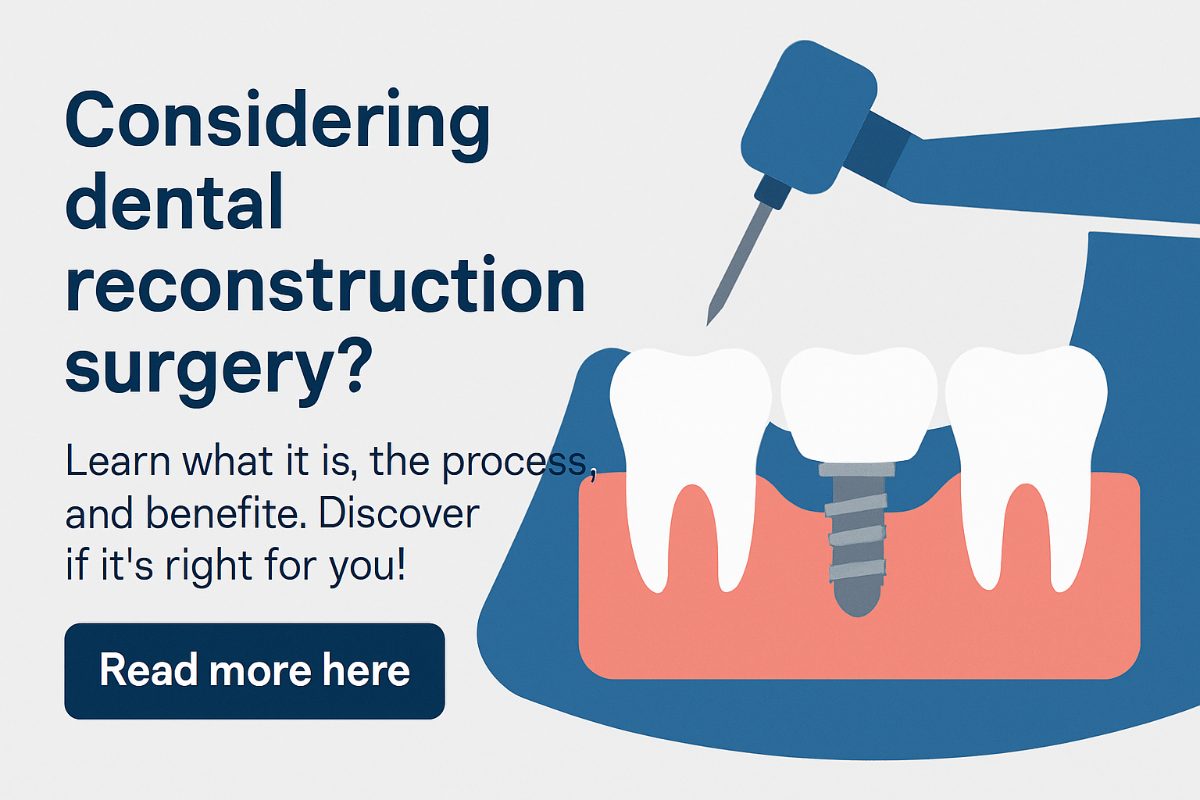Our Dental Blogs - Mesa, AZ
Tips, Facts, And The
Latest In Dentistry

Lower Jaw Dental Implants: What You Need To Know
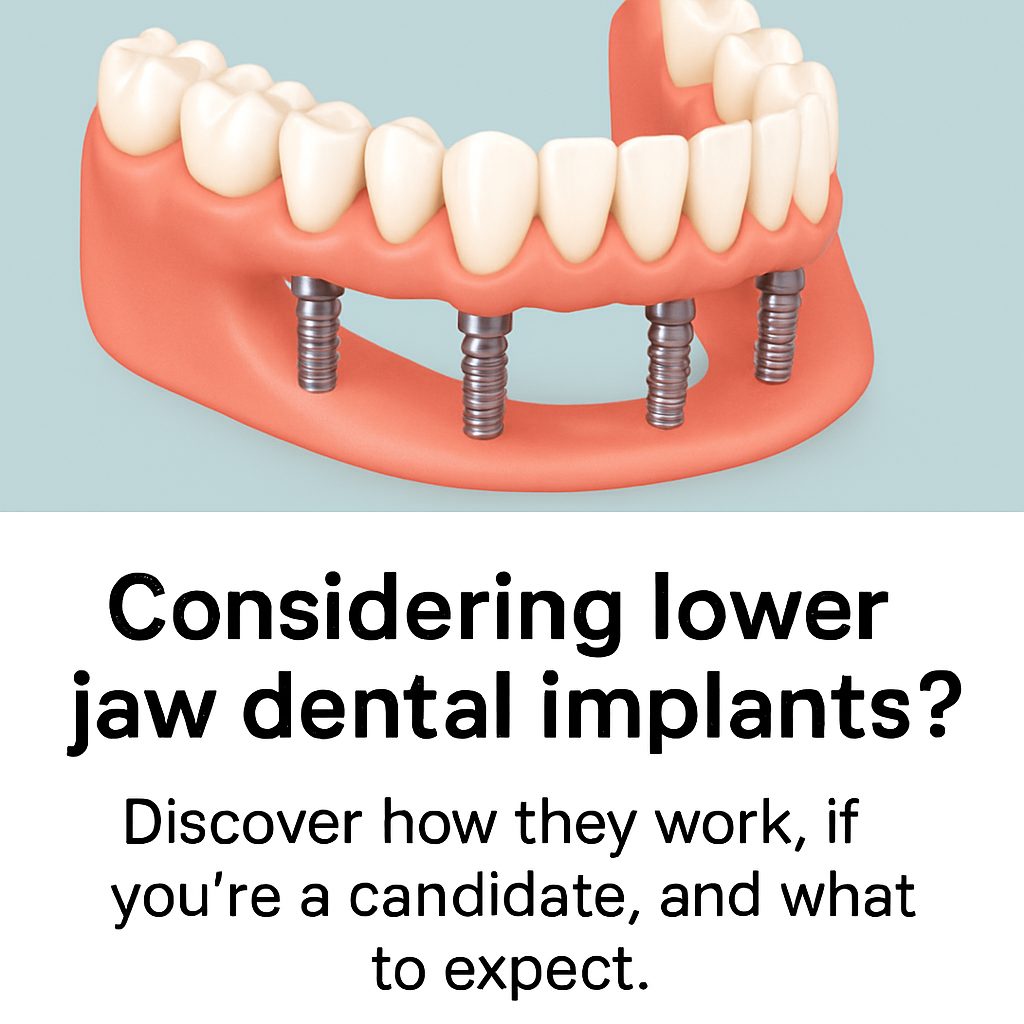
If you’re considering lower jaw dental implants, this guide explains what they are, who they help, and what to expect. It’s for people with one or more missing lower teeth, those wearing lower dentures, or anyone wanting a long-term replacement option. Read on to learn how planning, surgery, recovery, cost, and modern technology come together to restore function and confidence.
Why the lower jaw is different from the upper jaw
The lower jaw (mandible) has denser bone than the upper jaw and takes higher bite forces. That stronger bone often helps implant stability, but anatomy also creates unique risks. The inferior alveolar nerve runs inside the lower jaw and must be mapped to avoid long-term numbness or tingling. Lower jaw shape and the position of the tongue and lips also affect how restorations look and function.
These differences change planning and success rates for lower jaw dental implants in Mesa, AZ and elsewhere. Good imaging and precise placement are critical to avoid nerve injury and to make sure implants can handle chewing forces over time.
Who is a good candidate for lower jaw dental implants
General health and habits
Medical history matters because healing and implant success depend on overall health. Key factors include:
- Poorly controlled diabetes can slow healing; good control improves outcomes.
- Smoking raises the risk of implant failure and infection; quitting helps.
- Medications and conditions that affect bone or immune response (osteoporosis drugs, radiation, immune suppression) should be reviewed with your provider.
Your dentist will review your full medical history to assess risk and plan treatment.
Oral health and existing dentition
Healthy gums and enough bone are important. If you have missing teeth in one area, a single implant may be best. Several missing teeth may call for multiple implants and bridges. For most or all lower teeth missing, full-arch solutions like implant-supported dentures or an all‑on‑4 style prosthesis are common.
Bone loss may require grafting or different implant planning. Your clinician will recommend the approach that fits your situation and goals.
How lower jaw dental implants are planned with modern technology
Modern implant planning lowers risk and improves results. A CBCT (BCT) scan creates a 3D map of bone and the inferior alveolar nerve so the team can pick safe implant positions and angles. This step is essential for lower jaw work because of the nearby nerve.
Digital workflow: scans to guides
- Intraoral scans capture precise tooth and gum shapes without messy impressions.
- CBCT and digital impressions combine in implant planning software to place implants virtually.
- Smile simulation software (PreVu®) shows how restorations will look and helps guide implant position.
- Surgical guides and provisional teeth are produced with in-house 3D printing (Einstein 3D Printer) and CAD/CAM workflows, improving accuracy and speed.
These steps make lower jaw dental implants in Mesa, AZ safer and more predictable.
The surgical process for lower jaw dental implants
On surgery day you can expect a comfortable, controlled experience. Sedation options range from local anesthesia with nitrous oxide to IV sedation for deeper comfort. The surgeon places implants in planned positions, and the team checks fit and stability.
Some patients receive temporary teeth the same day if the implants are stable; others wait while the bone bonds to the implants.
Immediate vs delayed loading
Immediate loading (temporary teeth on the same day) offers quick function and appearance. It works when implants have good primary stability and bite forces are managed. Delayed loading waits several months for osseointegration before placing the final prosthesis. Delayed loading may reduce stress on implants in cases with lower bone density or complex restorations.
Common risks, recovery, and long-term care
Possible complications include nerve irritation, infection, implant loosening, or prosthetic issues. Most patients have mild swelling and soreness for a few days. Pain is usually controlled with common medications and cold packs.
Recovery tips:
- Follow soft-food and oral hygiene instructions for the first few weeks.
- Keep follow-up visits to check healing and fit of temporary teeth.
- Brush and floss around implants and attend regular dental cleanings to prevent peri-implantitis.
Long-term success depends on good hygiene, routine exams, and managing medical conditions.
Costs and timeline for lower jaw dental implants
Cost varies by number of implants, the need for bone grafting, use of guided surgery, and whether an in-house lab fabricates the prosthesis. Guided surgery and same-day provisional teeth can raise upfront cost but often lower overall time and appointments.
A typical timeline:
- Consultation and CBCT scan: 1 visit
- Planning and guide/provisional fabrication: 1–3 weeks (can be faster with an on-site lab)
- Implant surgery: same-day or single visit
- Healing and osseointegration: 3–6 months (shorter with immediate loading when appropriate)
- Final restoration: 1–2 visits
Benefits of lower jaw dental implants versus dentures or bridges
Implants restore chewing power and speech better than removable dentures. They help preserve jawbone and facial structure and often feel more natural. Over time, implants can cost less than repeatedly replacing dentures or bridges because they are designed to be long-lasting with proper care.
Questions to ask before getting lower jaw dental implants
- How many lower jaw dental implants have you placed, and what are your success rates?
- Do you use CBCT scans and guided-surgery workflows?
- What sedation options are available?
- Is prosthesis design and lab work done in-house?
- What is the estimated cost and timeline for my specific case?
About Dr. Alyssa Mencini and Restore Denture and Implant Center
Dr. Alyssa Mencini, DMD, trained at Midwestern University College of Dental Medicine and has extensive experience with full-mouth implant and denture cases. She has completed hundreds of implant cases annually and served as Director of Doctor Training at an implant center. Her practice, Restore Denture and Implant Center, uses an integrated digital workflow with CBCT imaging, intraoral scanning, on-site CAD/CAM lab work, 3D printing (Einstein), and PreVu® smile simulation to streamline care and improve outcomes.
The center’s on-site lab and guided-surgery technology help reduce appointments and can lower overall cost for patients seeking lower jaw dental implants in Mesa, AZ.
Ready to find out if lower jaw dental implants are right for you?
Schedule a consultation to review your scans, discuss options, and get a personalized plan. A short visit can show whether lower jaw dental implants in Mesa, AZ are the right path to restore your smile and function.

